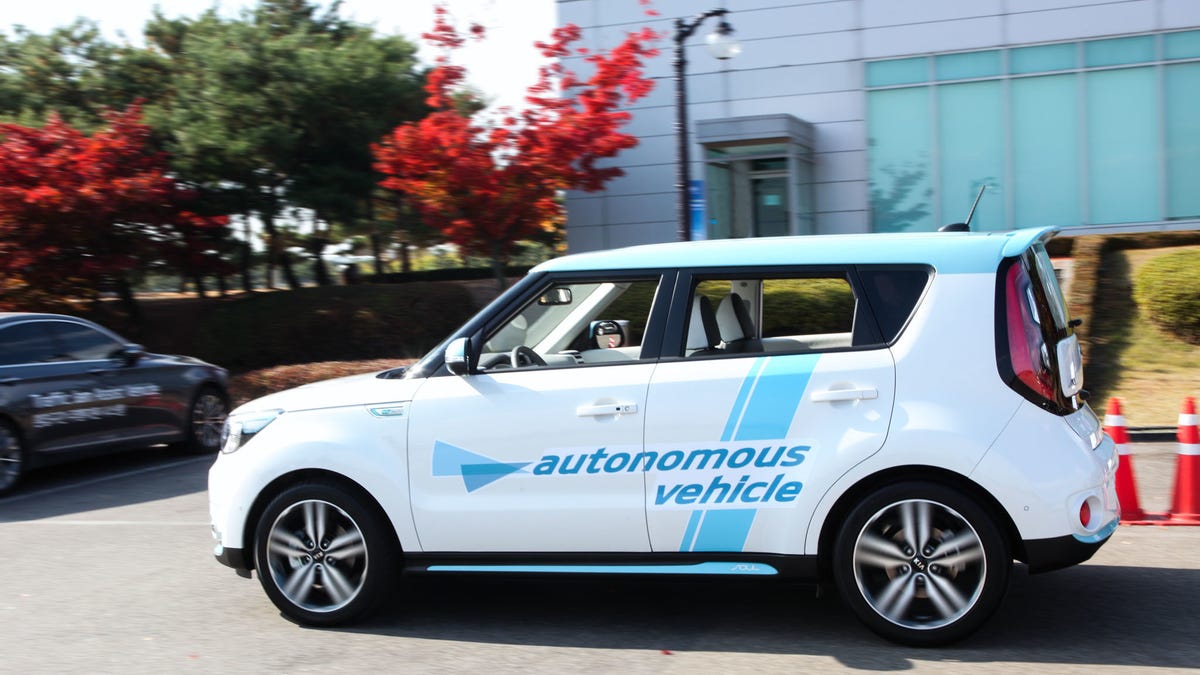Kia hits the road in Nevada, with no one at the wheel
The Korean automaker has received a permit for autonomous driving in the Silver State, and it hopes to have partially autonomous vehicles on roads by 2020.
If an automaker wants to test its self-driving technology out in the real world, it can't just find the nearest street corner and take the handbrake off. Instead, companies must apply for permits in the states or countries that allow autonomous cars on the road. Nevada is one such state, and Kia is the latest automaker to get a permit.
Both Kia and its sister company Hyundai plan to invest about $2 billion to develop self-driving technology and hire additional engineers, and it's all thanks to this permit. This won't be limited to the US, either -- what the company learns here will be used around the world.
The Korean company is hoping that real-world testing will allow it to roll out semi-autonomous driving by 2020. This would include assistance in traffic and autonomous driving in both urban and highway environments. There's talk of an autonomous valet system, too, which would allow the car to park itself. This would supplement, rather than supplant current technology on Kia's cars, including forward collision warning and lane-departure mitigation.
In 2030, the automaker hopes to unveil a fully autonomous vehicle, ready to tackle roads without any driver input. There are still plenty of hurdles to clear between now and then, and Kia acknowledges that it will have to work hard to develop vehicle-to-vehicle and vehicle-to-infrastructure tech to ensure its cars are as safe as possible.
For now, though, if you happen to be in Nevada and you see a Kia rolling down the road without anyone at the wheel, don't fret -- it's all part of the plan.


